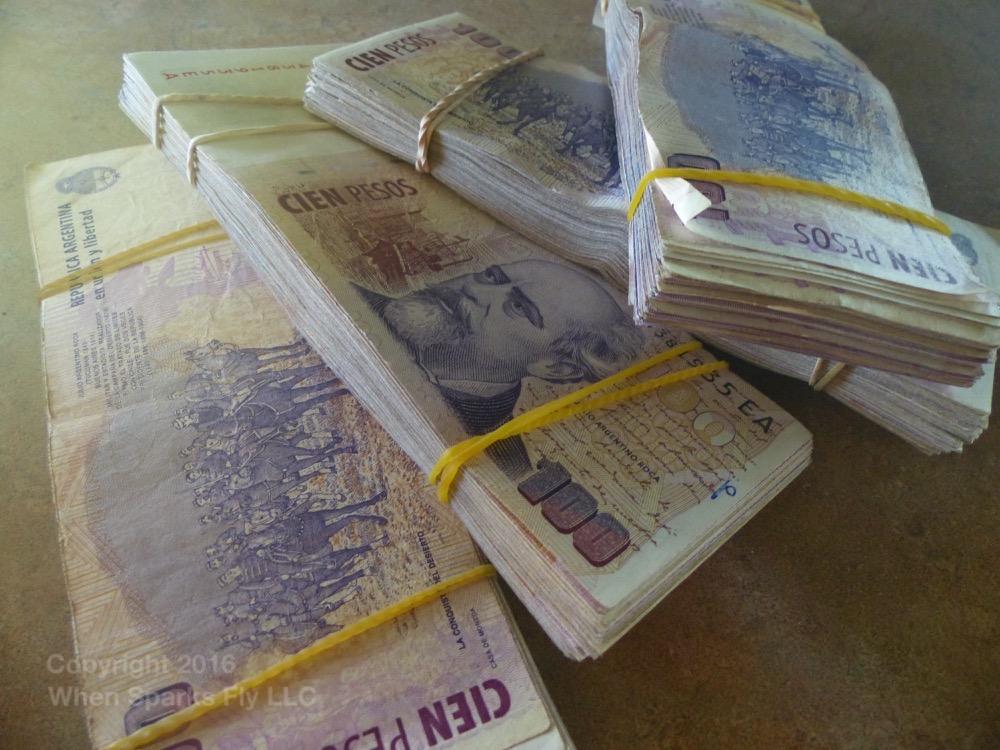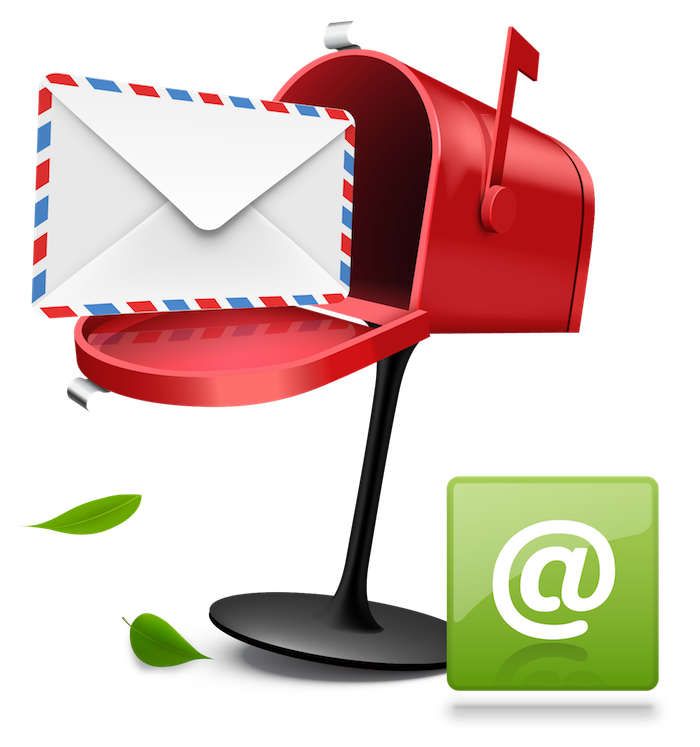
Just as you pack your backpack, motorbike, or car for an overseas adventure, you should pack your wallet for the adventure too. Properly setting up your finances for long term overseas travel can save you time and money. The best credit cards and bank accounts for use at home are not necessarily the best for travel.
We’ve put together a few tips to help make sure your wallet is just as prepared as you are.
1. Find the best credit cards and bank accounts for travel.
Your ATM and credit cards shouldn’t charge withdraw fees for ATM withdraws, should reimburse fees charged by local banks at their ATMs, and should not charge foreign currency transaction fees.
For our trip we choose the Capitol One Visa card and bank accounts with Schwab and Fidelity. Google “best credit cards foreign travel” and you’ll likely find a recent write-up. Nerdwallet.com seems to keep on top of this subject. A similar search will yield banks that offer no foreign transaction fees for their ATM cards and that reimburse local ATM fees.
We had months during our trip in which Schwab reimbursed us $40-$50 in ATM charges – a big savings.
2. Open bank accounts with one or more of the banks that you found.
During our trip, we kept the bulk of our savings in our Everbank account which we’ve had forever. It’s not a great bank for travel, but we didn’t intend to use it except as a last resort. We opened two new accounts with Schwab and Fidelity and funded them each with one month’s worth of travel expenses. We used our ATM cards to withdraw money for our daily expenses from those two accounts, and funded them from our main Everbank account when they got low.
The idea behind this approach was to limit the worst case scenario of how much money someone could get out of our account if the card was stolen. Also, this approach ensured that we always had a backup source of cash if one of our cards was lost or had to be cancelled.
3. Decide on a strategy for how you will pay for day to day expenses (ATM or Credit Card)
 Depending on where you travel, it may be viable to use credit cards for most of your expenses, just like many people do at home. We met one traveler in Latin America who said he used his credit card to buy almost everything.
Depending on where you travel, it may be viable to use credit cards for most of your expenses, just like many people do at home. We met one traveler in Latin America who said he used his credit card to buy almost everything.
There are scams involving both credit cards and ATM cards. Individuals are almost never liable for fraudulent charges on their cards, but replacing a lost card (or one that has to be cancelled) can be a hassle. You have to find somewhere with an address to stop while you wait for your card issuer to send a new one.
Our philosophy is that the fewer transactions we perform using plastic the less our chance of being the victim of a scam. We used ATM machines to withdraw cash and used cash almost exclusively to make purchases. In most cases we were able to withdraw 3-4 days’ living expenses at a time.
ATM machines are widely available. In Latin America pretty much any town with a bank will have one. We had the most difficulty in West Africa, where in some places only the capital city had an international ATM machine. That was over 10 years ago though, and I’m sure they’re more prevalent now.
4. Sign up for electronic delivery of documents
Make sure you’re getting all of your credit card bills and bank statements electronically. This is easy to do – a couple of months before your departure date, every time you get a piece of mail, ask yourself if you expect to continue getting mail from that sender after you leave on your trip. If so, sign up for electronic delivery right then. If for some reason you can’t, you’ll need to change your address to whatever physical address you’ll be using while you’re away.
5. Get a virtual mailbox or use a friend or relative’s address as your physical address
 Even if you sign up for electronic delivery, most companies will need a physical address on file. The cheapest way to do this is to find a friend or family member who is willing to deal with your mail for you. Make sure they understand what they’re signing up for – they’ll need to open all of your mail, read it, and remember to notify you if it seems important.
Even if you sign up for electronic delivery, most companies will need a physical address on file. The cheapest way to do this is to find a friend or family member who is willing to deal with your mail for you. Make sure they understand what they’re signing up for – they’ll need to open all of your mail, read it, and remember to notify you if it seems important.
Alternatively, you can get a “virtual mailbox” from one of several companies for around $10 per month. These services provide you with a physical address and will scan your mail to PDF for you, which you can view online. If it’s something that you need to physically keep, they will forward it to an address of your choosing.
6. Set up online bill payment to pay credit card and other bills
Most banks these days offer online bill payment which will make your life much easier on the road. Start using it a few months before you depart to iron out any glitches. You’ll be able to pay your credit card bill, storage unit, and any other “home expenses” quickly and easily.
7. Review your expiration dates
It’s a no fun to have to hang out and wait for mail to arrive, so if any of your cards are nearing their expiration dates, get new ones. This is also a good time to check the dates on your drivers license and passport.
8. Put all of your cards in “Travel Mode”
 Credit card companies and banks analyze your spending habits and use deviations to detect fraud. If your pattern is to use your card around your home town, and suddenly a charge shows up from Zimbabwe, your credit card is likely to get shut down. Call each of them and tell them that you’ll be traveling overseas. They may ask you where you’re going; give them as much information as you can.
Credit card companies and banks analyze your spending habits and use deviations to detect fraud. If your pattern is to use your card around your home town, and suddenly a charge shows up from Zimbabwe, your credit card is likely to get shut down. Call each of them and tell them that you’ll be traveling overseas. They may ask you where you’re going; give them as much information as you can.
In some cases you’ll need to call back to renew your travel status periodically.
Did we miss anything? What other questions about travel finance do you have? Leave your comments below and we’ll be happy to try to answer any questions that we can!
